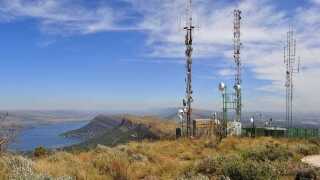The GMA comprises six international Tier-1 operators – Deutsche Telekom, Orange, TeliaSonera, Telecom Italia Mobile, Bell Canada and SoftBank – and the Multi-Domestic Service uses Ericsson’s device connection platform (DCP) to provide a global converged solution to their customers.
The solution is designed to enable any original equipment manufacturer (OEM), enterprise or service provider to deploy IoT solutions across geographical boundarie, and
“Multinational enterprises offering connected products to their global customer base are faced today with a key challenge: how to provide a seamless and easy-to-manage localised IoT solution for end-users,” said Hans Dahlberg, head of TeliaSonera Global M2M Services and one of the founding members of the GMA.
“The GMA's Multi-Domestic Service solves this issue by delivering a single consolidated M2M management platform provided by Ericsson.”
The Ericsson DCP is deployed on a global scale, meaning operators and their customers are able to enjoy a unified experience with a single global SIM card, as well as consistent service levels and business processes.
“This shift of network and applications demonstrated together as a service on various IoT-connected devices is one of the cornerstones of a networked society, where people, places and things interacting together will reach their potential,” said Anders Olin, VP of product area network functions with business unit Cloud & IP at Ericsson.
“The joint demonstration with GMA operators already using the Ericsson DCP is a critical milestone to make the adoption of cellular services in IoT devices economically viable.”
Matt Hatton, CEO and founder at Machina Research, estimates that mobile operator IoT connectivity revenues in the B2B space will grow from $7 billion in 2015 to almost $24 billion in 2020.




